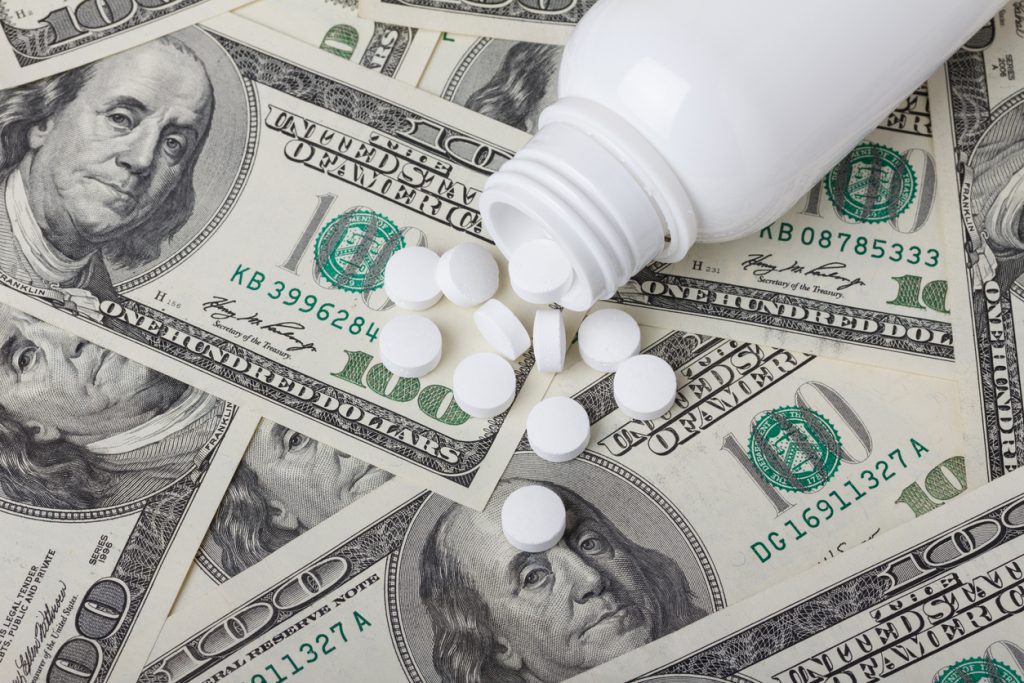Americans have enjoyed a steady decline in their out-of-pocket cost of food relative to income. But the true cost of modern food is far greater than the money exchanged at the cash register.
The incidence of the leading drivers of health care expense—coronary artery disease, stroke and type II diabetes—continues to swell, as does the evidence linking these conditions with the consumption of animal-based foods and processed foods laden with fat, sugar, and salt.
Our total national expenditure for these conditions is immense, reportedly exceeding that of recent wars.
Two concepts have recently emerged as tools to examine the role of the food industry in this regard: 1) The Tragedy of the Commons and 2) True Cost Accounting.
- The Tragedy of the Commons is primarily a qualitative concept first described in 1833, describing what occurs when one component of a system acts selfishly in ways adversely affecting other components of that system. This concept has been recently applied to environmental pollution and to the non-therapeutic use of antibiotics for livestock.
- True Cost Accounting extends traditional accounting definitions comprising the costs of production and distribution of a product to include downstream costs, such as environmental and health effects for consumers, workers, etc.
How might these two concepts be applied to food production and distribution as they affect public health, and how could the results of such an inquiry be used?
True Cost Accounting could create another powerful tool by raising public awareness of how heavily promoted and highly profitable foods (including many foods enjoying public subsidies) create massive private and public financial burdens, often reflected in higher taxes and insurance premiums.
Broadcasting this information could build support for stronger regulation to limit the scope of distribution of certain foods and/or to mandate consumer-friendly disclosure of needed information. This has been addressed in connection with firearms and cigarettes, and more recently, in connection with foods associated with obesity.
While the food industry may express an interest in self-regulation, history teaches that we must be wary of abandoning external controls, and keep in mind that the food industry deploys vast resources using techniques similar to those used by the tobacco industry that have the effect of confusing the public and preventing consumer revolt.
Even with excellent health care programs in place, we ought not ignore the role of a large, highly profitable industry that produces and markets goods contributing to massive incidence of budget-busting disease. And while personal responsibility is important, the reality is that well-organized, well-financed and highly sophisticated corporate campaigns may trump the most well-intentioned personal incentives and public education efforts.
While we may wish to celebrate our ability to feed hundreds of millions of Americans at historically low out-of-pocket expense, a closer look reveals far greater costs associated with illness, reduced productivity and human suffering.
Joan Levin is a retired attorney and advocate for healthy food.
References:
The Food Industry and Self-Regulation
Big Tobacco Played Dirty and Millions Died. How Similar Is Big Food?
Interested in eating better for your own health?
Learn the essentials of good nutrition in our interactive, user-friendly nutrition learning program for the public.
Clinicians: Do you feel confident responding to patient questions about nutrition?
Take our award-winning condensed interactive nutrition CME—and learn what every clinician should know about nutrition.



